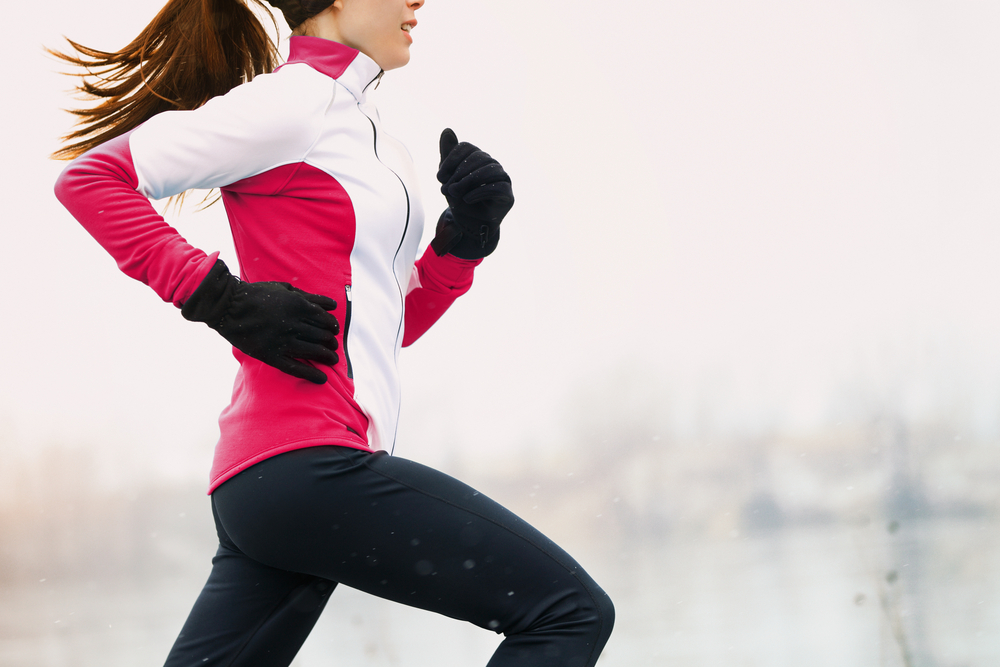Exercising outside is one of the greatest options for conditioning your body as you have to endure the added challenges of the elements of nature. But as winter weather hits full swing, working out outdoors can become more of a challenge. While it is pretty safe to exercise freely in the warmer weather, it requires a little more preparation to work out when the air is frigid and chilly. Working out while it’s cold outside can be dangerous and cause mild physical reactions to some pretty severe consequences. If you are planning to exercise during this winter season, learn about these 6 useful tips for cold weather workouts outside.
Wear moisture reducing clothes
Have you ever exercised and got drenched in sweat, and felt totally miserable the entire time and after? Were you wearing mostly cotton materials? If the answer is yes to either of those questions, you were experiencing moisture’s natural tendency to remove heat from your body to the lower concentration of heat, which is the cold outside air. If you are working out with moisture resting on your skin, you greatly increase your risk of hypothermia. To avoid this, try wearing naturally moisture-wicking materials, such as polyester, polypropylene, or nylon.

Layer your clothing
Wearing moisture-wicking clothing is the first step, but you can’t stop there in order to protect yourself from wintery chills. Layer your clothing with a sweat-wicking base, and next a middle layer for warmth, such as fleece or a sweatshirt. Top off your layering with an outer shell to give you extra protection from the elements, such as wind or rain. This top layer can be a waterproof jacket or a windbreaker.

Wear brighter colors
Wearing all black may be fashionable right now, but fashion is not the most important thing to consider while working out outdoors. Safety should be your top priority while exercising, and the natural elements during the winter weather are not always on your side. Because it gets darker earlier during the winter months, coupled with heightened chances of rain or snow, make it even harder for motorists to see pedestrians than during summer months. Brighter clothing will give drivers a better chance at spotting you amidst the elements.

Bring a flashlight
Bright clothing is great for visibility, but flashlights are even better for distinguishing yourself in the dark. Flashlights are a safety benefit to the pedestrian also, lighting the path to prevent potential slips and falls. It might be bulky to carry a flashlight, which means you can also opt into using a wearable flashlight.

Protect your hands, head and feet
Nothing is worse than getting into the groove with your workout and suddenly your hands or ears are freezing cold. This happens quite often because your extremities are the first to get cold outdoors because blood circulates to these areas less than the core of the body. This means you must protect body parts like your hands, ears, nose, and toes to ward of potential frostbite and hypothermia. Try wearing clothing items like super thick socks, mittens, ear muffs, headbands or beanies, gloves, or even shoe covers.

Stay hydrated and moisturized
Not only do you need to stay hydrated for general exercise purposes, but you will need additional hydration due to the dry nature of winter air. Winter weather can do a number to your skin by drying it out and causing cracked or peeling conditions. Drink plenty of water and also apply plenty of body moisturizers and lip balms. You can also wear a face mask to protect your skin from harsh winter air while exercising.